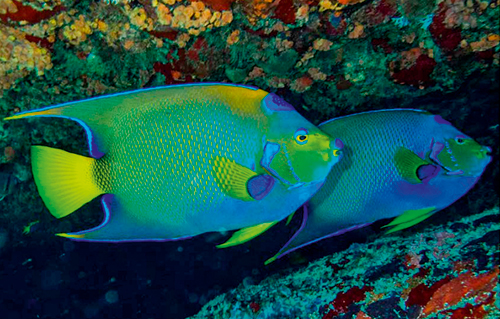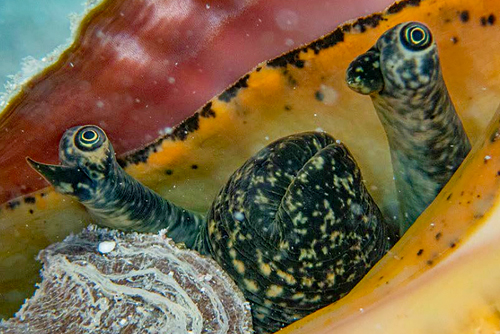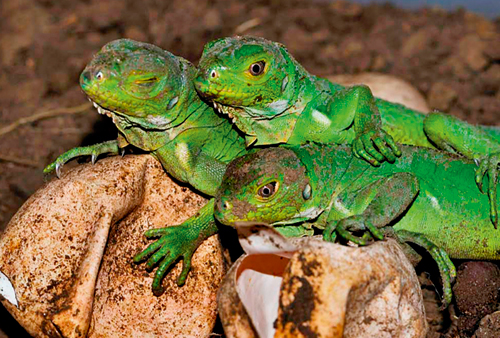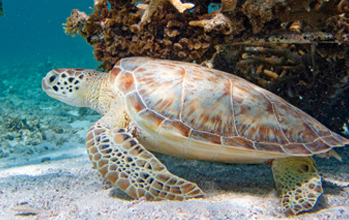 PAR L’AGENCE TERRITORIALE DE L’ENVIRONNEMENT
PAR L’AGENCE TERRITORIALE DE L’ENVIRONNEMENT
Since 2001, Karl Questel, currently serving as the scientific point of reference for the Territorial Environment Agency of Saint-Barths, has undertaken a unique, long-term project on the island: the photo- identifi cation of both terrestrial and marine animal and plant species. This comprehensive dataset, encompassing 2,208 taxa*, is accessible through a regularly updated downloadable online PDF, featuring a total of 3,702 photographs that include both juveniles and adults for certain species. Among these images, 1,649 showcase animals, while 559 depict other organisms such as plants, fungi, and seaweed. The primary objective of this research is not the creation of a scientific publication but rather the provision of a pictorial dictionary for nature enthusiasts, aiding them in identifying the diverse elements that surround them.
 Information on each species:
Information on each species:
Details provided for each species encompass classifi cation, names in Latin, English, French, and the Saint-Barth’s dialect, origin, size, habitat, and distribution. For plants, the keys to species identifi cation are also furnished, including details on leaf arrangement and type, as well as fl wer and fruit colors.
This tool can also provide information on the origin of the identifi ed species. On one hand, there are “native” species, naturally occurring in a specific region, exemplifi ed by the Lesser Antillean Iguana (Iguana delicatissima). On the other hand, other taxa are considered “exogenous,” having been introduced to the island through human activities, whether intentional or unintentional. Examples include frogs, hog-nosed turtles, and goats, among others.
 Geological History of the Anguilla Bank:
Geological History of the Anguilla Bank:
Anguilla Bank denotes the extensive island that took shape 18,000 years ago during a period when the sea level was 100 meters lower. The gradual ascent of the sea trapped land animals and plants on the exposed sections, namely Saint Barths, Saint Martin, Anguilla, and their islets.
Among these species, we fi nd the Ameiva, the Grass Snake, the Tarantula, the Grasshopper, and the Anguilla Bank Stopper. They are “endemic”: naturally present on a limited geological entity and nowhere else. Other species are strictly endemic to Saint-Barth, such as the Questel’s scorpion (Oiclus questeli), discovered by Karl himself, and Brunet’s Amblypygi, found exclusively on our island.
 Level of species Protection:
Level of species Protection:
This PDF also specifi es the taxon’s level of protection. This protection can be continuous without exception (green buffer), or regulated by fi shing periods defi ned by the ATE (orange buffer), as seen with species like conch or burgo (West Indian top shell). The Gaïac, the Black or Red Mangrove, for example, as well as the majority of reptiles, birds, and cetaceans on Saint Barthelemy, are all protected.
 Exploring the Marvels:
Exploring the Marvels:
This life’s work deserves to be emphasized for its unparalleled contribution to understanding our biodiversity. Reading this document is suffi cient to pique our curiosity and recognize the fortune of having such abundant biodiversity on such a small island, underscoring the importance of its preservation. All photographs contained in this document may only be used for personal or educational purposes in schools and other educational establishments.


For any other use, please contact in advance: asso.alsophis@gmail.com



